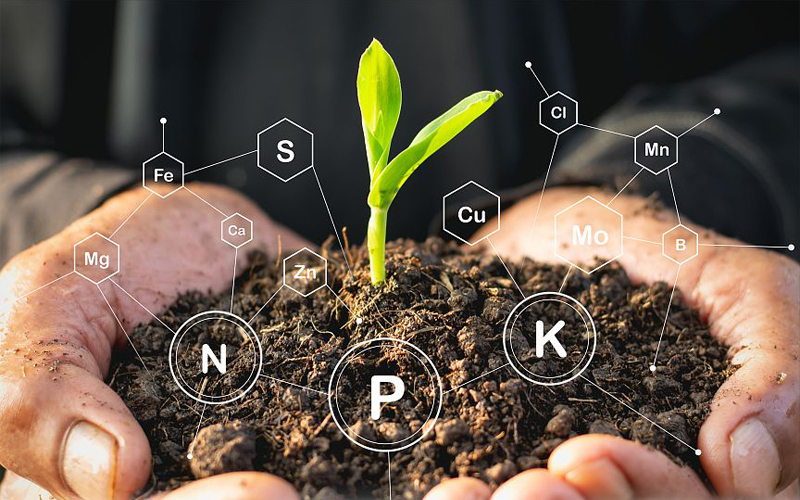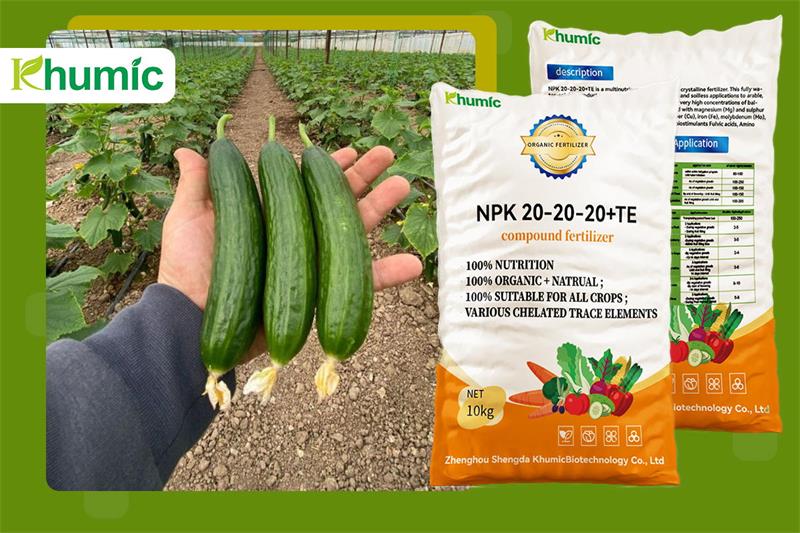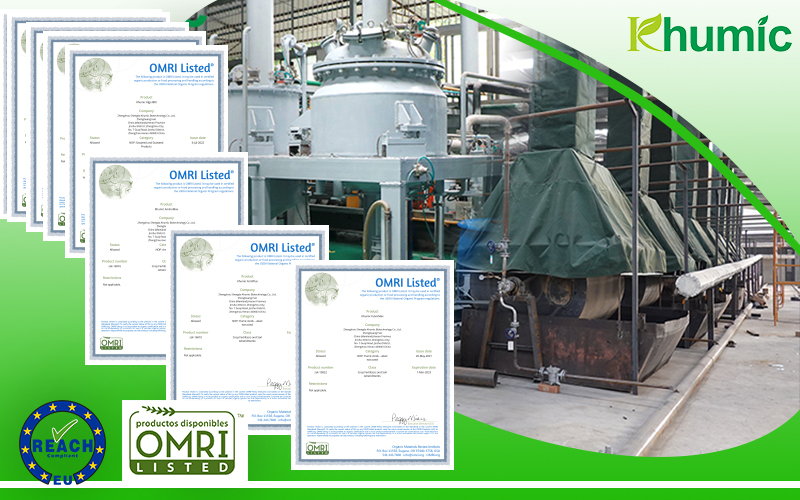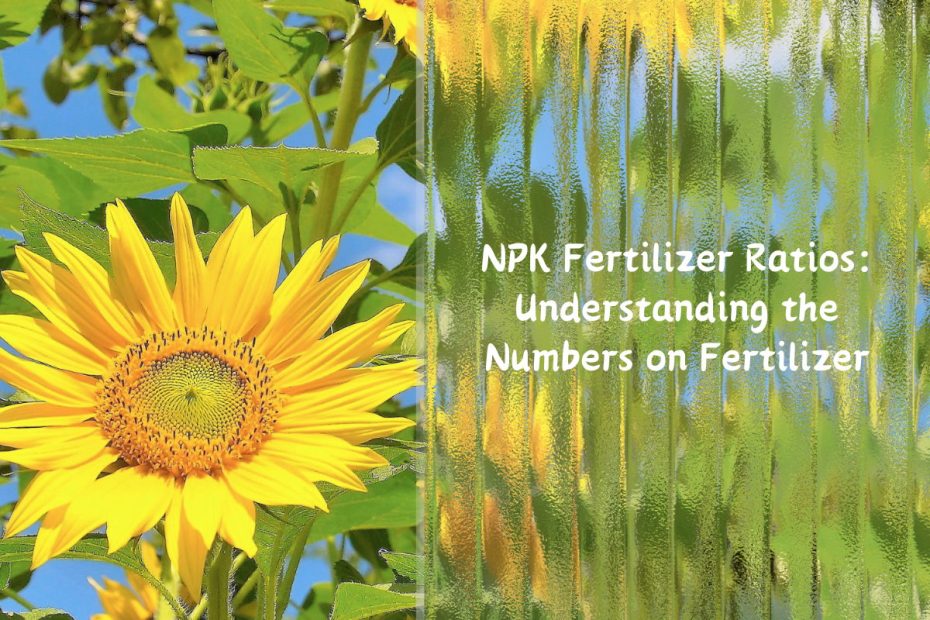Introduce
Plants require six major nutrients in large amounts: carbon, hydrogen, oxygen, nitrogen, phosphorus, and potassium. The latter three nutrients come from the soil. Plays a vital role in determining the success of plant growth and development. So what is NPK? What is the nitrogen-to-phosphorus potassium ratio? Whether you are an experienced gardener or a novice, understanding the NPK ratio and what these numbers on your fertilizer mean can make a big difference in achieving healthy and prosperous plants.
What is NPK?
NPK stands for Nitrogen, Phosphorus, and Potassium, three essential nutrients that plants need to grow in varying amounts. These nutrients play vital roles in plant growth, from leaf development to root strength and flower production.

Nitrogen (N)
Nitrogen is responsible for promoting green leaf growth in plants. It plays a vital role in the formation of chlorophyll, which is essential for photosynthesis. Adequate nitrogen levels help plants maintain their bright green color and strong leaves.
Phosphorus (P)
Phosphorus is essential for root development, flower formation, and energy transfer throughout the plant. It helps transfer energy from sunlight to the plant, which is essential for flowering and fruiting plants. Phosphorus is especially important in the early stages of plant growth.
Potassium (K)
Potassium plays a vital role in the overall health and resilience of plants. It helps plants withstand environmental stress, resist disease, and regulate water uptake and nutrient transport. Potassium is essential for improving fruit quality and promoting strong stems.
What is the NPK Ratio?
NPK ratios are typically shown on fertilizer labels as a series of three numbers, which are the amounts of nitrogen, phosphorus, and potassium (standardized in that order) in a specific fertilizer mixture. The weight percentage (also called a “ratio” in this sense) of each nutrient is given. On the label, you’ll see numbers like 5-10-10, 10-10-10, and 10-6-4. For example, a fertilizer labeled 10-10-10 contains 10% nitrogen, 10% phosphorus, and 10% potassium. The rest is filler, which makes it bulkier and easier to spread.
Choosing the Right NPK Ratio
Choosing the right fertilizer for your plants requires consideration of the different NPK ratio requirements of soil composition, plant type, and growth stage. Leafy greens like lettuce require higher nitrogen levels to thrive while flowering plants require more phosphorus to encourage flowering. By understanding the nitrogen, phosphorus, and potassium ratios, you can adjust your fertilizer choices to meet the specific needs of your plants.
For example, a beautiful lawn requires vigorous growth, deep color, and sufficient nitrogen supply. Therefore, the nitrogen, phosphorus, and potassium ratio of lawn fertilizers, the first number is much higher than the other two numbers.
Delicious tomatoes and other vegetables also need nitrogen, but more phosphorus and potassium are needed for blooms and a good harvest.
The root health of flowering bulbs depends on phosphorus. A versatile balanced fertilizer, such as KHUMIC NPK 20-20-20+TE, provides a balanced and high level of NPK that is suitable for general use and can meet the basic nutritional needs of most plants. Ideal for promoting overall plant growth and development.

DIY Fertilizer Mix
For gardeners interested in creating their custom fertilizer mix, understanding the nitrogen, phosphorus, and potassium ratio is crucial. By combining individual nutrient sources such as compost, bone meal, and seaweed extract, you can tailor the nutrient profile to meet the specific needs of your plants.
Mix With Organic Fertilizer
If you prefer organic gardening, there are some natural ways to increase the nutrient content of your soil. KHUMIC’s humic acid fertilizers, fulvic acid fertilizers, amino acid fertilizers, and seaweed extracts can provide plants with a slow-release, balanced source of nutrients while improving soil health and fertility.


Monitor Plant Health
Regularly monitoring your plants for signs of nutrient deficiencies or excesses can help you adjust your fertilizing practices accordingly. Symptoms such as yellowing leaves, stunted growth, or stunted fruit development may indicate an imbalance in the nitrogen, phosphorus, and potassium ratio.
Conclusion
The nitrogen, phosphorus, and potassium ratio is a key factor in determining plant nutritional requirements. By understanding the roles of nitrogen, phosphorus, and potassium and interpreting fertilizer labels, you can make informed decisions about fertilizing your garden. Whether you choose a balanced fertilizer or a custom blend, paying attention to NPK ratios can result in healthier, more productive plants.
FAQs
Based on the nitrogen, phosphorus, and potassium ratio, how often should I fertilize my plants?
The frequency of fertilization depends on factors such as plant type, growth stage, and soil conditions. Generally speaking, it is recommended to fertilize during the plant’s active growing season.
Can I mix fertilizers with different nitrogen, phosphorus, and potassium ratios?
While it is possible to mix fertilizers, you must ensure that the NPK combination is in proportions that meet the nutritional needs of your plants. Avoid overfertilizing to prevent nutrient imbalances.
Are nitrogen, phosphorus, and potassium ratios also marked on organic fertilizers?
Yes, organic fertilizers derived from natural sources also provide NPK information on their labels. Knowing the NPK ratio of organic fertilizers can help you make an informed choice for your plants.
How to adjust the NPK ratio according to the factory’s specific requirements?
You can adjust the NPK ratio by choosing a fertilizer with a higher or lower percentage of nitrogen, phosphorus, and potassium. Adjusting nutrients to meet plant needs optimizes growth and productivity.
What is the role of micronutrients in plant nutrition? How do they relate to NPK ratios?
Micronutrients such as iron, zinc, and manganese are also critical to plant health, although they are required in smaller amounts than NPK macronutrients. While NPK ratios focus on macronutrients, micronutrients play a vital role in overall plant nutrition.
